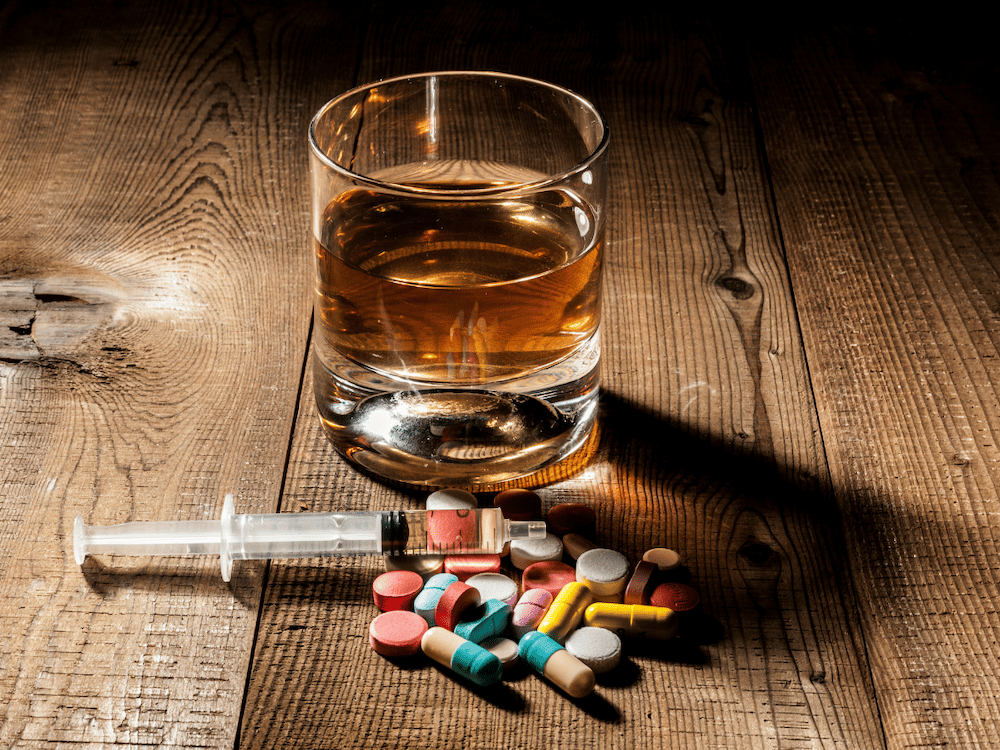Substance abuse has become a long-standing problem for health care and law enforcement. But what are the top forms of substance abuse, and what are its causes?
Substance abuse disorder, more commonly known as addiction, is a condition that makes it difficult for someone to control their use of legal or illegal substances. A person may continue to use the substance even if they know it’s harmful.
Addiction often starts with occasional use in social settings. Then, it can lead to more frequent use. Or, it can begin with taking pain relievers without following the doctor’s instructions or from others with prescriptions.
Substance Abuse: Causes
Addiction can begin as early as childhood or adolescence. It often starts as a way to feel better or curiosity. Soon, they get hooked, increasing their tolerance to the substance and making them crave more.
Adults with substance abuse disorder may also have a co-occurring mental disorder, such as anxiety, depression, or bipolar disorder. These people may turn to alcohol or drugs to cope.
According to a center for addiction recovery in Murfreesboro, other risk factors for substance abuse include:
- Financial difficulties
- Tense home environment
- Chronic pain
- Relationship issues
- Addiction in the family
- Death of a loved one
- Long-term tobacco use
- Non-attachment to parents
Although none of these risk factors are guaranteed to cause addiction, repeated substance use increases the likelihood of its development.
Three Most Common Forms of Substance Abuse
Accessibility makes these three substances the most commonly abused substances:
Alcohol
Even with an age limitation, alcohol is the most accessible substance abused today. Drinking can start even during adolescence; studies show that young people who begin drinking before adulthood are more likely to have an unhealthy relationship with alcohol.
Alcohol consumption damages the brain and other body organs. The cerebral cortex, hippocampus, and cerebellum are the most vulnerable areas of the brain to alcohol-related damage. The cerebral cortex handles higher brain functions like problem-solving and decision-making, while the hippocampus plays a vital role in memory and learning. The cerebellum handles movement and coordination.
Nearly 65 million people binge drink, according to National Survey on Drug Use and Health (NSDUH) 2019. According to the same survey, 16 million people reported heavy alcohol consumption, and 14.5 million experienced alcohol dependence or abuse.
Marijuana
Marijuana is a combination of dried and shredded cannabis leaves, stems, and seeds. It can be used as a medication or a psychoactive drug for recreational purposes, and its intoxicating effect comes from its delta-9 tetrahydrocannabinol (THC) content.
Marijuana is legal in different states, while it remains illegal in some. However, this legalization has led to its accessibility. In 2019, 12 million people used marijuana, and 4.8 million were dependent or used too much of the drug.
Pain Relievers
The third most commonly used drug is pain relievers, excluding heroin. People often misuse or abuse pain relievers like morphine, codeine, and methadone to feel euphoria, intense excitement, or both.
However, many people use them safely and correctly by only taking them in prescribed amounts by their doctors. Not all people who take pain relievers become addicted; it only depends on the individual’s risk of addiction.
Nearly 9.7 people misused pain relievers in 2019, less than 12.5 million in 2015. Meanwhile, 1.4 million people misusing their pain relievers have pain reliever use disorder, which decreased from 2 million in 2015.
Keep in mind, though, that while marijuana and alcohol are the most frequently abused substances, people also abuse or misuse other drugs like pain relievers, hallucinogens, cocaine, inhalants, methamphetamine, and heroin.
Things You Should Know About Addiction
Using a drug or substance doesn’t often lead to addiction; some people can safely take prescription and recreational substances without any side effects. However, this doesn’t mean they are safe. It’s better to avoid them.
Here are a few things about addiction to help you understand it better:
- Addiction is involuntary.
Using drugs and substances occasionally is a voluntary choice. However, these substances change how the brain functions over time, causing a person to become dependent on them.
Addictive substances slowly alter the brain in subtle and dangerous ways, making someone experience uncontrollable or compulsive cravings.
- Addiction is a disease.
Each substance has its own mechanism for changing brain function, but the effects are always the same: changes in mood, brain chemistry, and memory impairment. These changes happen because these substances significantly alter the brain and its functions.
- Recovery can begin anytime.
Recovery can begin at any stage of addiction, but the earlier you start, the better. Treating addiction becomes harder the worse it gets. An addict’s loved ones shouldn’t wait until the addict loses everything before intervening.
Key Takeaway
Substance abuse or addiction is a condition that makes it difficult for someone to control their consumption of substances, whether legal or illegal. While substance abuse is more commonly attached to illicit drugs, the most commonly abused substances are alcohol, marijuana, and prescription drugs. All of them are easily accessible and are cheaper than other substances abused.
All hope is not lost. An addict’s loved ones should know that addiction is involuntary because it’s a disease caused by changes in their loved one’s brain chemistry and function. However, an addict’s loved ones shouldn’t wait until the addict loses everything; recovery can begin anytime. The earlier, the better.


